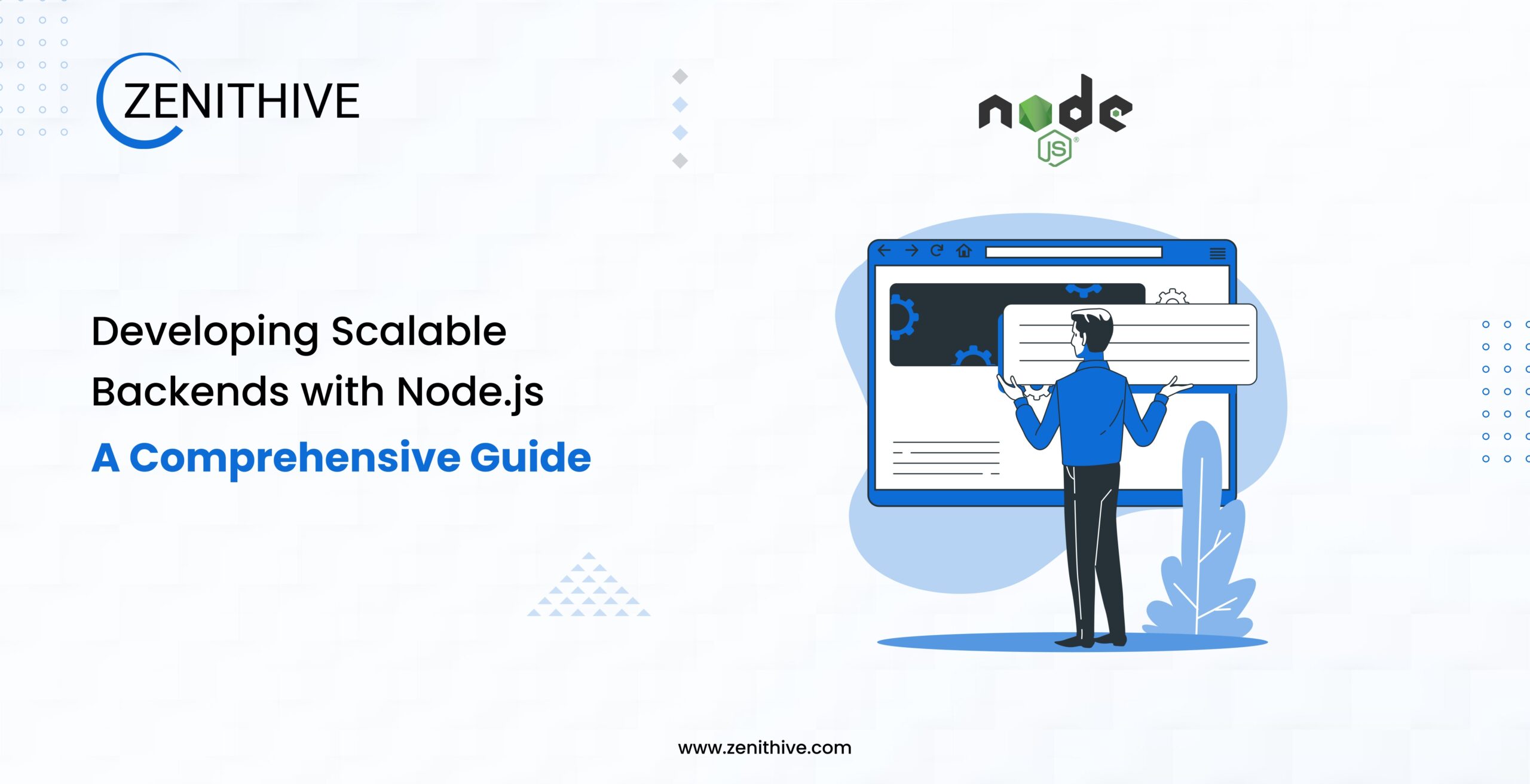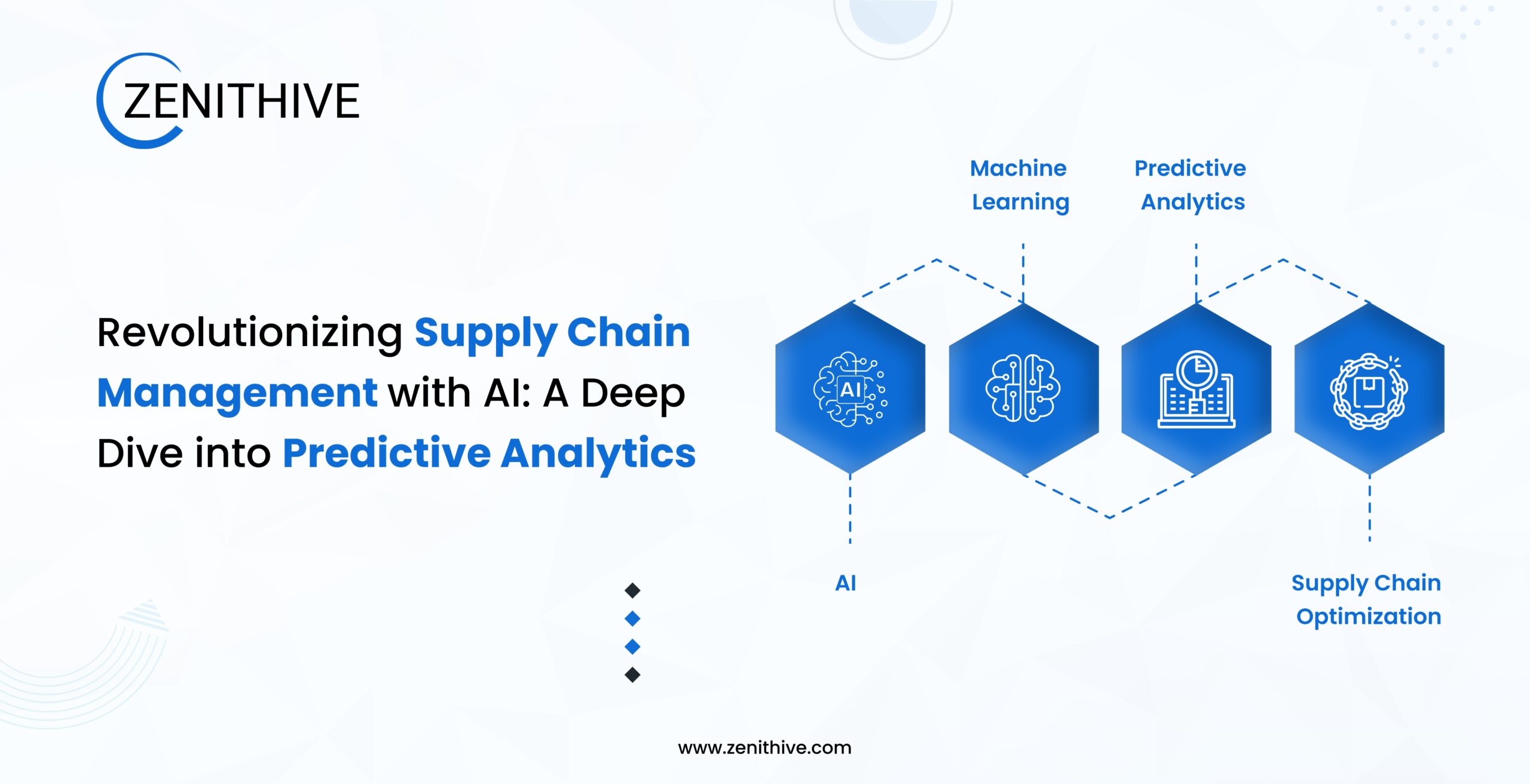Developing Scalable Backends with Node.js: A Comprehensive Guide

1. Introduction
Node.js has become a cornerstone of modern backend development, enabling businesses to build fast, scalable, and efficient applications. Its non-blocking I/O model and single-threaded event-driven architecture redefine backend development paradigms. According to the latest StackOverflow Developer Survey, Node.js ranks among the top technologies for backend developers, underscoring its widespread adoption.
This guide targets IT companies and outsourcing partners seeking to utilise Node.js for robust backend solutions. Whether exploring its technical potential or diving deep into best practices, this guide offers actionable insights and direction.
2. Why Choose Node.js for Backend Development?
Node.js offers unique technical advantages, making it a preferred choice for backend development:
- Non-blocking I/O: Asynchronous programming enables handling thousands of concurrent connections, minimizing latency and maximizing throughput.
- Single-threaded Event Loop: This architecture optimizes resource usage, ensuring efficiency and scalability even in high-traffic scenarios.
Real-world examples highlight its impact. Netflix improved streaming startup times significantly using Node.js, while Uber scaled its real-time features to process millions of requests per second.
Survey data reinforces its popularity, with companies choosing Node.js for projects ranging from microservices to high-performance APIs, making it an indispensable tool in modern software development.
3. Key Features of Node.js for Scalable Backend Development
Node.js is designed with scalability in mind, and its features reflect this:
- Event-Driven Architecture: Perfect for real-time applications like chat systems and financial trading platforms, this approach efficiently handles multiple concurrent requests.
- Non-Blocking I/O: Ideal for operations like database queries and API calls, this ensures high responsiveness and low latency.
- Modular Development: Node.js’s modularity allows developers to build applications using reusable components. With npm providing access to over a million modules, integrating complex functionalities becomes seamless.
4. Popular Frameworks in the Node.js Ecosystem
Frameworks within the Node.js ecosystem cater to diverse backend development needs:
- Express.js: A minimalist framework for building APIs and web applications.
- Nest.js: Offers a modular structure and TypeScript support, making it suitable for enterprise-grade solutions.
- Koa.js: Developed by the creators of Express.js, Koa is a lightweight alternative for modern applications.
- Loopback.io: Excels in creating dynamic APIs and integrating with databases.
5. Real-World Applications of Node.js
Node.js powers diverse applications across industries, including:
- Real-Time Systems: Platforms like chat applications and multiplayer games use Node.js for seamless concurrent connections.
- API Development: Its lightweight and efficient nature makes it ideal for building scalable RESTful APIs.
- Microservices: Node.js simplifies the development of decoupled, independent services, enhancing scalability.
- IoT Solutions: With its ability to process multiple simultaneous requests, Node.js supports IoT applications effectively.
Case studies from companies like LinkedIn and PayPal illustrate its tangible benefits in improving user experience and operational efficiency.
6. Challenges and Best Practices
While Node.js offers immense capabilities, developers must address certain challenges, such as:
- Handling CPU-Intensive Tasks: These tasks can block the event loop, leading to performance bottlenecks.
- Efficient Dependency Management: Overloaded dependencies can inflate build sizes and impact performance.
Best Practices:
- Utilize Clustering to distribute workloads across multiple processes.
- Employ Worker Threads to handle computationally heavy tasks without blocking the main thread.
- Regularly audit and optimize dependencies to maintain application efficiency.
Following these strategies ensures scalable, high-performance applications even in demanding environments.
7. Community and Ecosystem Support
Node.js benefits from an active and resourceful community. With millions of downloads on npm and numerous contributors on GitHub, the ecosystem offers solutions for virtually any development challenge.
- The npm Registry provides modules for tasks ranging from database management to real-time analytics.
- Major contributions from companies like Google, Netflix, and Microsoft ensure continuous innovation and stability.
8. Future of Node.js in Backend Development
Node.js continues to evolve, with trends shaping its future:
- AI/ML Integration: Developers are increasingly using Node.js to build APIs for AI and machine learning models, leveraging its speed and efficiency.
- Serverless Computing: Node.js’s compatibility with serverless platforms makes it ideal for cost-effective, scalable deployments.
Industry forecasts predict sustained growth for Node.js due to its adaptability and active development, ensuring its relevance in the tech landscape.
9. Conclusion
Node.js has proven itself as a versatile and powerful platform for building scalable backend solutions. Its performance-driven architecture, coupled with a thriving ecosystem, equips developers to meet the challenges of modern application demands.
For IT companies and outsourcing partners, adopting Node.js means aligning with a technology that delivers reliability and scalability. If you’re ready to explore its full potential, Zenithive offers unmatched expertise to guide you toward backend excellence.


